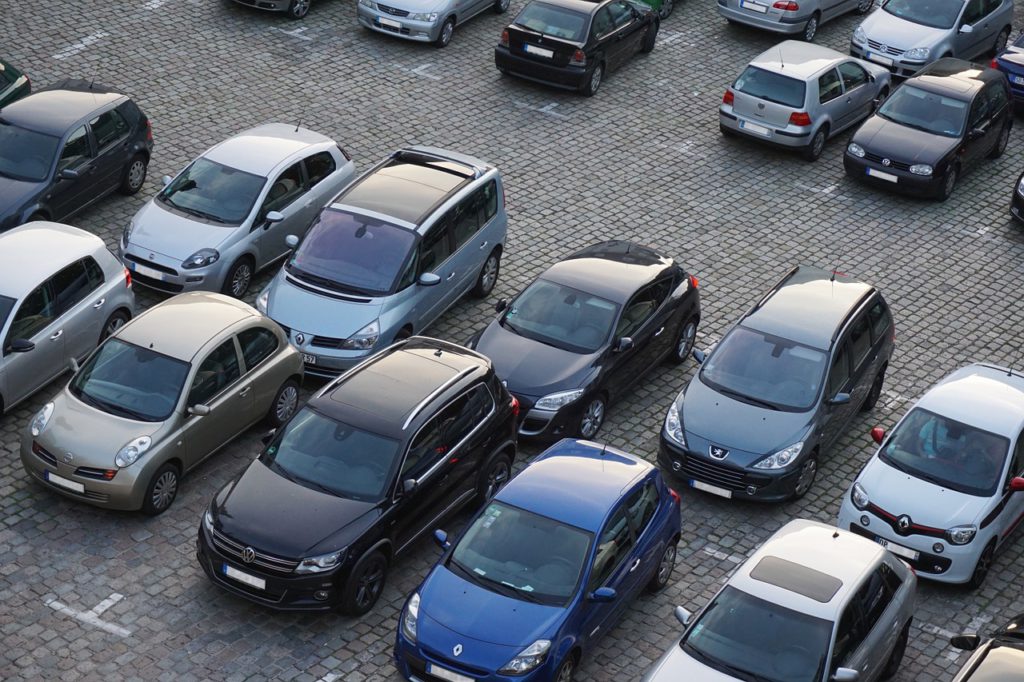Polis Paper - Parking and Urban Development
‘We need to talk about parking policy, not about technology.’
In the past years, the Polis – EPA parking working group has dedicated attention to the digitalisation of parking. A survey was conducted and two papers were published describing the current and (potential) future state of play of digital applications for local parking management. This included recommendations on how to optimize the use of digital parking tools in urban mobility policies. The 2018 Polis parking paper concludes that ‘Polis members, local governments managing parking, see digitalisation of parking in a wider context. For them, it is about reaching wider mobility and transport policy goals – embedded in a global spatial, economic and social vision for the city.’
Within the working group, the overall conviction grew that the discussion on the digital future of parking is very important, but does not address the fundamental issue of undesigning European cities from the surplus of privately owned and used vehicles. The Polis members also see parking technology to become more useful when it has the ability to inform decision makers about mobility and urban planning.
The current mobility context in larger cities, for the first time in decades, presents a real alternative for private vehicle ownership. Cities can finally move away from a mobility system depending on large numbers of stationary cars. This new context sees a shift from motorized vehicles to active travel modes (walking and cycling) and from private ownership to shared, collective of temporary use of vehicles (with proven and new public transport concepts, shared mobility, and new mobility services – ride hailing, micromobility).
Changes of modal shift in favour of active travel and new mobility services and replacing private car ownership might currently be confined to specific cities and specific city districts. However, they start to have impact on local parking strategies, use of parking infrastructures, and revenue generated by parking management infrastructures.
Recently parking issues have risen to the EU policy agenda. The EU institutions discussed parking standards and Electric Vehicle amenities in view of the revision of the Energy Efficiency Performance of Buildings Directive. The European Cyclists' Federation (ECF) brought forward a comprehensive study presenting the current status with regards to bicycle parking standards across EU members states and regions. In addition, the OECD published a paper highlighting the potential of advanced parking policies in view of environmental and energy policies of its member states.
The above reasons have made that the EPA-Polis working group has moved on from the focus of technology, to a topic that is closer to the built environment and urban planning. We have tried to answer the question how to actively un- design cities from the surplus of cars, but also to start preparing our cities for new mobility lifestyles. The cities engaging in the working group activities agreed that decisions about the built environment need to be taken now to avoid a legacy that hampers further evolution, sinks public and private budgets in infrastructures that might be underused and deliver bad to negative return on investment.
In this document, a simple solutions framework is provided, starting from the following principles:
- Build less parking and optimize the use of existing offer;
- Reduce the spatial impact of parking infrastructures;
- Reconvert parking infrastructure for new forms of use.
A reflection on digital tools to support decisions on urban planning and parking is included. We understand these principles can be provocative or controversial. All solutions mentioned are or have been applied in European cities. We did however include discussion elements into this paper, as several of the policy measures mentioned bring economic, political or operational questions along. Finally, suggestions about future actions by Polis on this topic are included.
The full document is available for download on the right side of the page and here.
